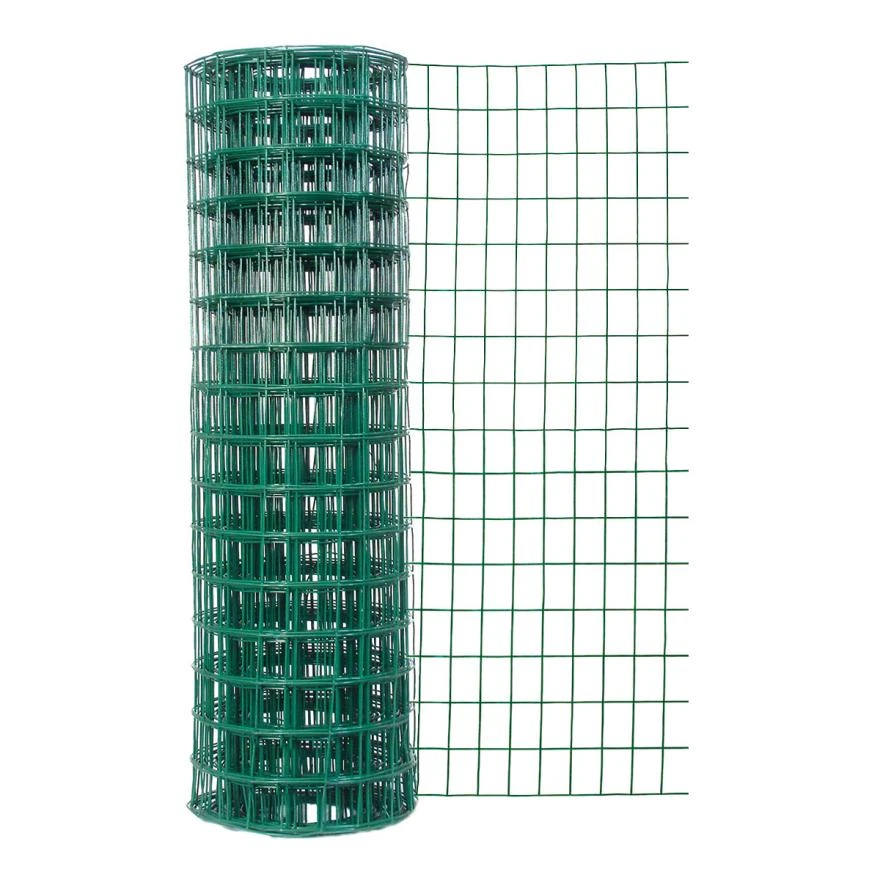Auto AC Parts: A Comprehensive Guide to Troubleshooting and Repair
4 月 . 23, 2024 17:20  . However, like any other vehicle component, AC parts can experience wear and tear over time, leading to malfunctions that affect the system's cooling performance. This comprehensive guide will provide a thorough understanding of the different AC parts, their functions, common troubleshooting techniques, and repair strategies for optimal AC performance.
**Understanding Auto AC Parts**
1. **Compressor:** The compressor is the heart of the AC system, responsible for compressing the refrigerant gas. It is driven by the engine's serpentine belt.
2. **Condenser:** The condenser is located in front of the radiator and dissipates heat from the compressed refrigerant gas, converting it back into a liquid.
3.
. However, like any other vehicle component, AC parts can experience wear and tear over time, leading to malfunctions that affect the system's cooling performance. This comprehensive guide will provide a thorough understanding of the different AC parts, their functions, common troubleshooting techniques, and repair strategies for optimal AC performance.
**Understanding Auto AC Parts**
1. **Compressor:** The compressor is the heart of the AC system, responsible for compressing the refrigerant gas. It is driven by the engine's serpentine belt.
2. **Condenser:** The condenser is located in front of the radiator and dissipates heat from the compressed refrigerant gas, converting it back into a liquid.
3. .
4. **Expansion Valve:** The expansion valve regulates the flow of liquid refrigerant into the evaporator.
5. **Evaporator:** The evaporator is located inside the car's dashboard and absorbs heat from the cabin air, cooling it down.
6. **Blower Motor:** The blower motor circulates air through the evaporator and distributes it throughout the cabin.
**Troubleshooting Common AC Problems**
1. **No Cool Air:** This can indicate a refrigerant leak, a faulty compressor, or a malfunctioning expansion valve.
.
4. **Expansion Valve:** The expansion valve regulates the flow of liquid refrigerant into the evaporator.
5. **Evaporator:** The evaporator is located inside the car's dashboard and absorbs heat from the cabin air, cooling it down.
6. **Blower Motor:** The blower motor circulates air through the evaporator and distributes it throughout the cabin.
**Troubleshooting Common AC Problems**
1. **No Cool Air:** This can indicate a refrigerant leak, a faulty compressor, or a malfunctioning expansion valve. . **Weak Cooling:** Insufficient cooling may be caused by a dirty condenser, clogged evaporator, or worn-out compressor.
3. **Unusual Noises:** Rattling or grinding noises coming from the AC system could indicate a loose or damaged compressor, clutch, or belts.
4. **Water Leakage Inside the Car:** A leaking evaporator coil or condensate drain hose can lead to water accumulation in the cabin.
5. **Musty Odors:** A musty or mildew smell can be a sign of a dirty evaporator or blower motor, allowing mold or bacteria to grow.
**Repair Strategies**
1.
. **Weak Cooling:** Insufficient cooling may be caused by a dirty condenser, clogged evaporator, or worn-out compressor.
3. **Unusual Noises:** Rattling or grinding noises coming from the AC system could indicate a loose or damaged compressor, clutch, or belts.
4. **Water Leakage Inside the Car:** A leaking evaporator coil or condensate drain hose can lead to water accumulation in the cabin.
5. **Musty Odors:** A musty or mildew smell can be a sign of a dirty evaporator or blower motor, allowing mold or bacteria to grow.
**Repair Strategies**
1. .
2. **Compressor Problems:** Failure of the compressor often necessitates a replacement, including the installation of a new clutch and other components.
3. **Expansion Valve Malfunctions:** A malfunctioning expansion valve can be replaced to restore proper refrigerant flow.
4. **Evaporator and Condenser Cleaning:** Dirty evaporators and condensers can be cleaned with a mild detergent and water or a specialized AC cleaning solution.
5. **Blower Motor Replacement:** A worn-out blower motor may need to be replaced to restore optimal air circulation.
.
2. **Compressor Problems:** Failure of the compressor often necessitates a replacement, including the installation of a new clutch and other components.
3. **Expansion Valve Malfunctions:** A malfunctioning expansion valve can be replaced to restore proper refrigerant flow.
4. **Evaporator and Condenser Cleaning:** Dirty evaporators and condensers can be cleaned with a mild detergent and water or a specialized AC cleaning solution.
5. **Blower Motor Replacement:** A worn-out blower motor may need to be replaced to restore optimal air circulation. . Replace the cabin air filter every 12-18 months to prevent dirt and debris from accumulating on the evaporator.
2. Clean the condenser fins with a soft brush or compressed air to ensure proper heat dissipation.
3. Inspect the AC system for any loose connections, leaks, or damage.
4. Have the AC system serviced by a qualified technician annually to check refrigerant levels, lubricate components, and identify potential issues.
**Conclusion**
By understanding the functions and troubleshooting techniques for auto AC parts, vehicle owners can effectively diagnose and address AC problems. Regular maintenance and timely repairs are crucial for maintaining a comfortable cabin environment and ensuring the longevity of the AC system. If you encounter any issues with your car's AC, do not hesitate to consult a certified automotive technician for professional assistance and to prevent further damage.
. Replace the cabin air filter every 12-18 months to prevent dirt and debris from accumulating on the evaporator.
2. Clean the condenser fins with a soft brush or compressed air to ensure proper heat dissipation.
3. Inspect the AC system for any loose connections, leaks, or damage.
4. Have the AC system serviced by a qualified technician annually to check refrigerant levels, lubricate components, and identify potential issues.
**Conclusion**
By understanding the functions and troubleshooting techniques for auto AC parts, vehicle owners can effectively diagnose and address AC problems. Regular maintenance and timely repairs are crucial for maintaining a comfortable cabin environment and ensuring the longevity of the AC system. If you encounter any issues with your car's AC, do not hesitate to consult a certified automotive technician for professional assistance and to prevent further damage.









 Unity
Unity Creation
Creation Challenge
Challenge Contribution
Contribution










